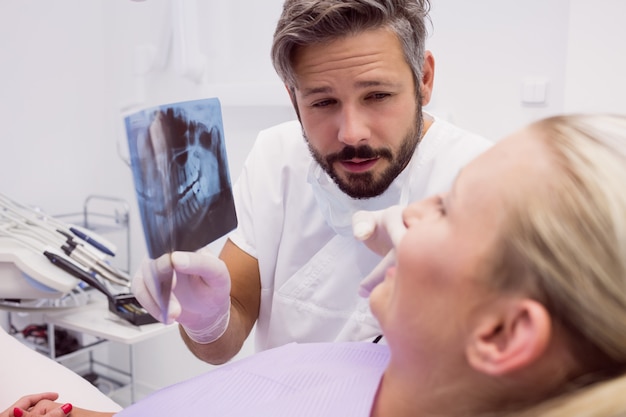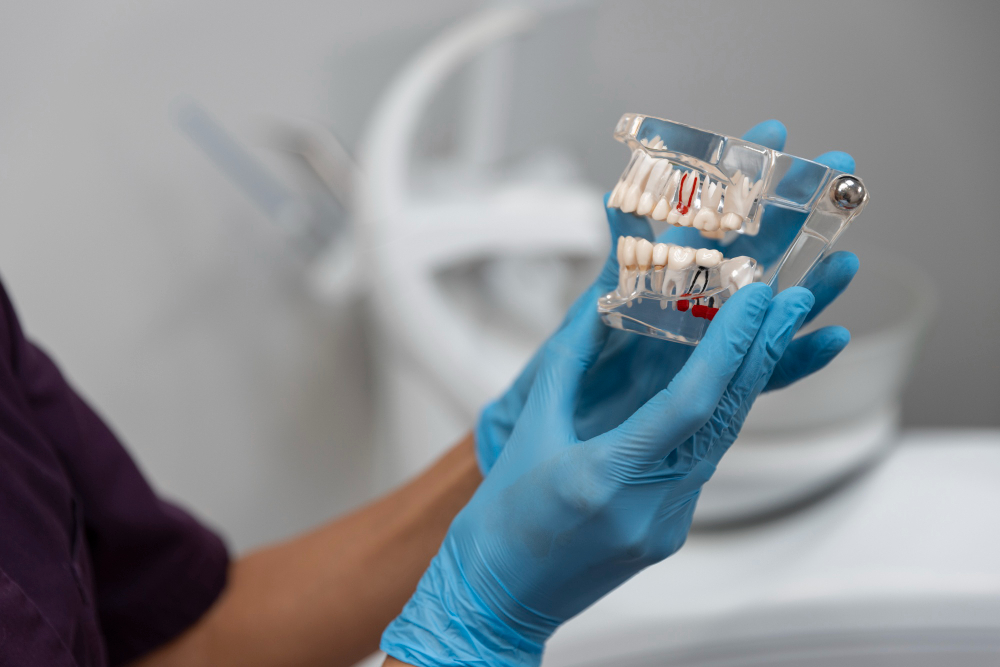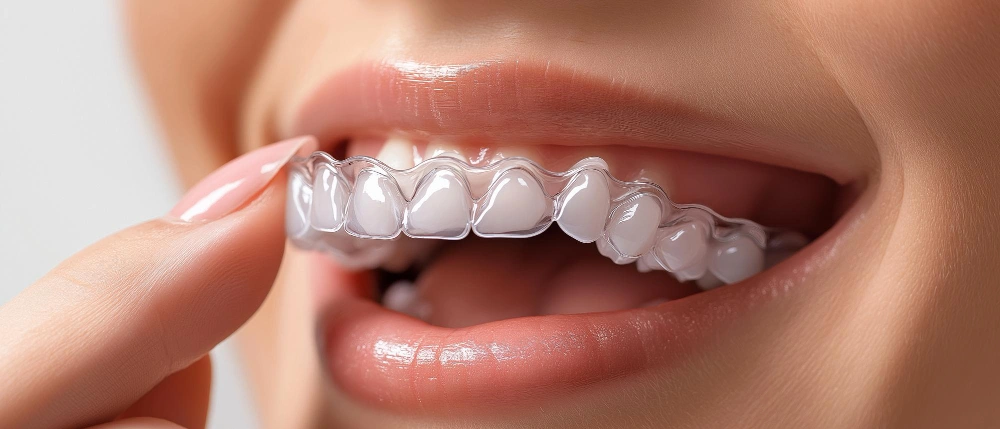Dental bone grafting is a procedure that rebuilds the jawbone, often performed before placing dental implants. Bone grafts are used to replace bone lost due to injury, disease, or missing teeth. The healing process takes place in phases, allowing the graft to slowly integrate with the existing bone and reinforce the area. Read on to learn more about the dental bone graft healing stages.
Stages of Bone Graft Healing
Each step of the healing process ensures the graft functions as intended. Below are the stages of bone graft healing:
Stage 1: Inflammatory Phase
The process begins immediately after surgery and presents as inflammation, which typically lasts about one to two weeks. During this time, the body sends white blood cells to the graft area to fight bacteria and clear debris. Swelling and soreness are normal as the body begins its repair process.
Proteins are released to attract more cells to support the dental bone graft healing stages. A blood clot forms at the site, acting as a barrier while the graft begins to settle. While this phase may cause discomfort, it’s a sign of the active stage of bone graft healing.
Stage 2: Proliferative Phase
This stage spans weeks two through six. During this time, blood vessels grow to supply the area with oxygen and nutrients. Special cells produce collagen, creating the framework for new bone growth.
The collagen network helps stabilize the graft, allowing bone-forming cells to build upon it. The new blood vessels continue to deliver nutrients as the graft bonds with the surrounding bone, preparing the site for further recovery. During this stage, eating a healthy diet and maintaining proper dental hygiene can aid the healing process.
Stage 3: Early Bone Formation
The next stage overlaps with the proliferative phase and lasts up to 12 weeks. During this time, bone-forming cells deposit minerals such as calcium onto the collagen framework, transforming the graft into actual bone tissue.
At this point, the bone is still building itself up. While it is strong enough to provide support, it lacks full density. The graft area may feel firmer, and soreness often decreases. This temporary bone structure supports the site until it fully matures. Patients may feel more comfortable resuming certain activities, but care should still be taken to avoid putting undue pressure on the healing area.
Stage 4: Bone Remodeling
Remodeling is the final phase and can last anywhere from months to a year. During this time, bone cells work to strengthen and refine the new bone, ensuring proper integration with the original bone.
New bone is gradually replaced by strong, fully structured bone. Chewing and other activities contribute to shaping the bone’s final structure. By the end of this phase, the grafted area becomes strong enough to support implants or other dental work. Regular follow-ups with the dentist during this stage are critical to ensure that the healing process is progressing as expected.
Factors That Affect Dental Bone Grafting Healing Stages
Several factors influence how well the graft heals. These include general health, age, and oral care.
- Conditions like diabetes or smoking can slow the process by limiting blood flow.
- A balanced diet and staying hydrated help the body recover faster. Foods with high calcium and vitamin D content, such as dairy and leafy greens, can enhance bone formation.
- The type of graft material matters as well.
- Autografts, taken from the patient’s body, often work best.
- Donor grafts, animal-derived grafts, or synthetic options are also used.
- Each material has specific benefits, and the choice depends on the patient’s needs.
- Discussing these options with the dentist helps in selecting the most suitable material.

Post-Operative Care
Taking care of the graft area is key to recovery.
- Patients should avoid heavy activities, stick to soft foods, and keep their mouths clean to avoid infection.
- Regular check-ups with the dentist allow early detection of issues. Pain medicine or antibiotics may be given to ease discomfort and prevent problems.
- Changes in habits can speed up dental bone grafting healing stages. Quitting smoking, eating calcium-rich foods, and managing stress all help.
- Following the care plan provided by the dentist ensures the best results. Simple measures like rinsing with a saltwater solution or using a prescribed mouthwash can protect the area from bacteria.
Signs of Successful Healing
Patients can monitor their healing progress through visible and physical signs.
- Reduced swelling, improved comfort, and gradual hardening of the graft area are positive indicators. Most people notice improvements within the first month, but patience is essential, as complete healing takes longer.
- Dental bone graft healing stages can sometimes bring sensations like itching or minor tenderness, which typically reflect normal adjustments within the bone tissue. Keeping a log of these changes and sharing them during dental visits can help track the recovery.
Possible Complications
Most bone grafts heal without trouble, but complications can happen.
- Common issues include infection or slow healing.
- In rare cases, the graft might not join with the bone as intended. If this happens, more treatment might be needed.
- Patients should contact their dentist if they notice severe pain, swelling, or other unusual symptoms. Quick intervention can prevent small problems from getting worse, and an open line of communication with the dental team ensures that emerging problems are addressed promptly.
The Impact of Lifestyle Choices
Lifestyle choices have a dramatic effect on the bone graft healing process.
- Smoking reduces blood flow to the graft area, delaying recovery.
- Alcohol consumption might also interfere with the body’s natural ability to repair tissues.
- Simple changes, like adopting a balanced diet and avoiding harmful substances, contribute significantly to successful outcomes.
- Stress management can play an overlooked role. High stress levels can slow healing by affecting immune function.
- Relaxation techniques, moderate exercise, and maintaining a routine that promotes well-being support the body during recovery.
Conclusion
Healing from a dental bone grafting takes time and care. The process includes inflammation, new cell growth, early bone development, and final remodeling. Understanding these stages helps patients understand what to expect.
Sticking to post-surgery instructions and keeping follow-up appointments with Rivers Bend Family Dental increases the chances of success. With proper care, a dental bone graft may restore strength and function, paving the way for a healthier smile. Patients who actively participate in their recovery often see better results, setting the foundation for long-term dental health.
Our specialists are some of the best Ramsey dentists and can provide expert advice on the intricacies of dental bone graft healing stages. They will guide you through the entire process, offering personalized recommendations to ensure optimal healing and a smooth recovery, while addressing any concerns you may have.





